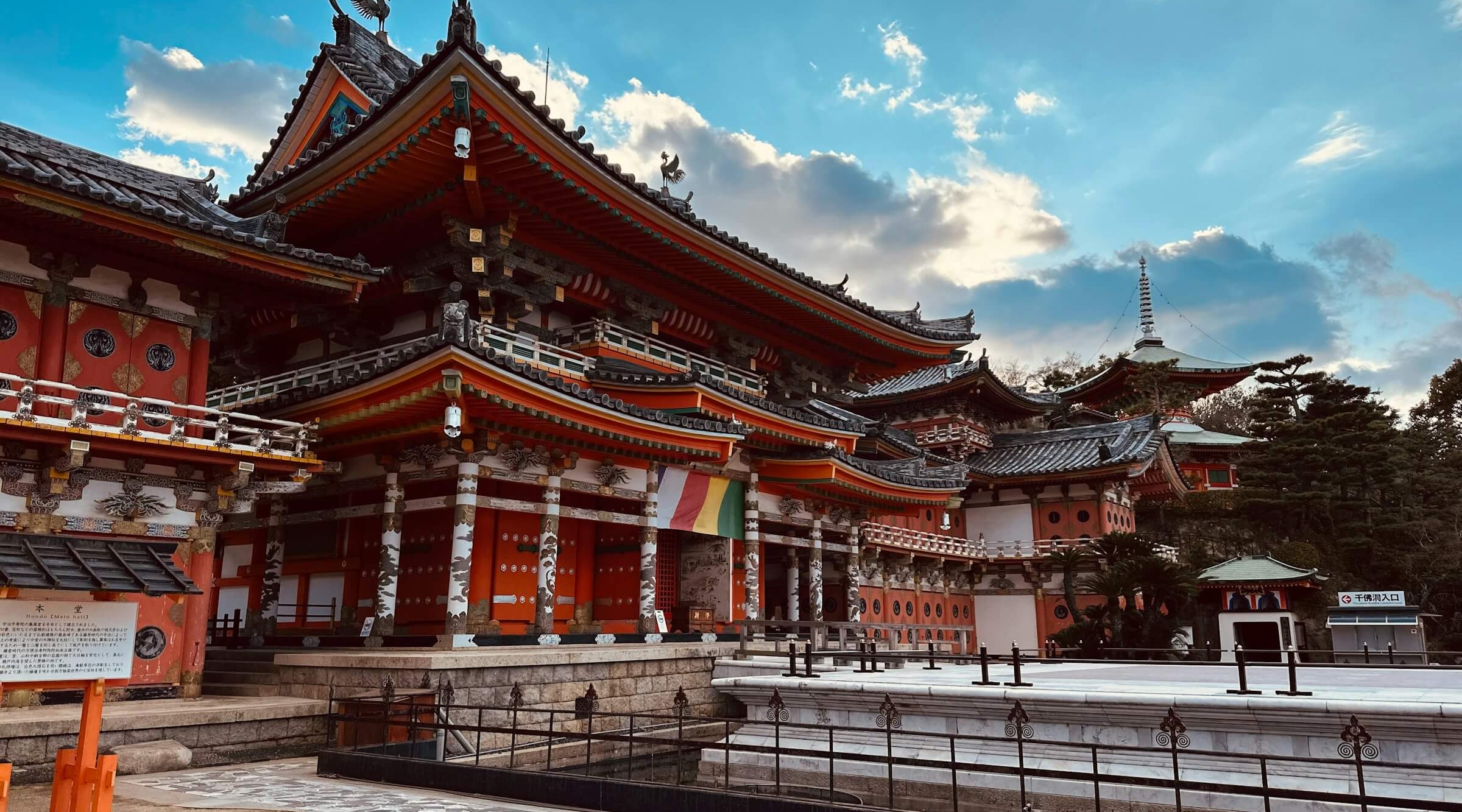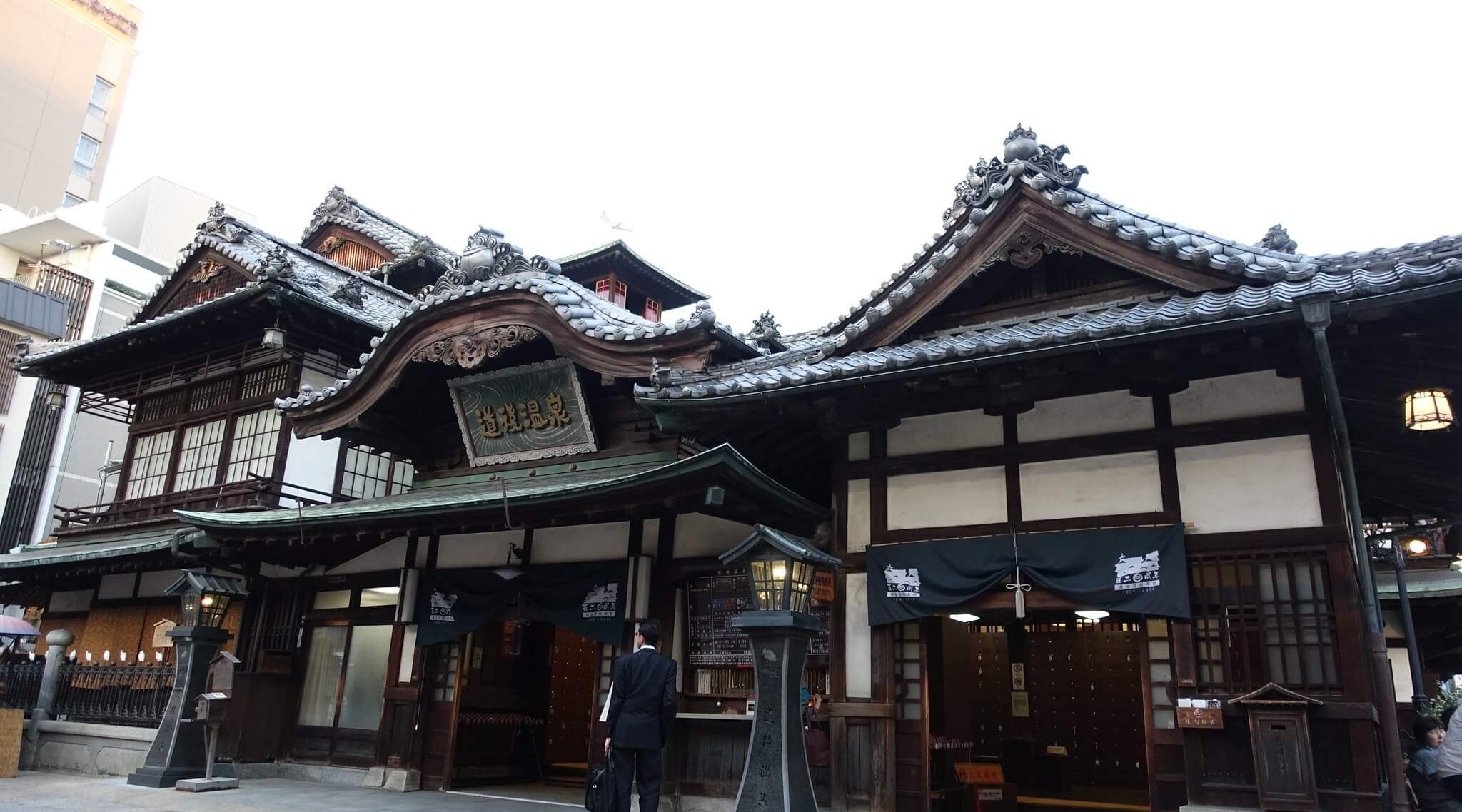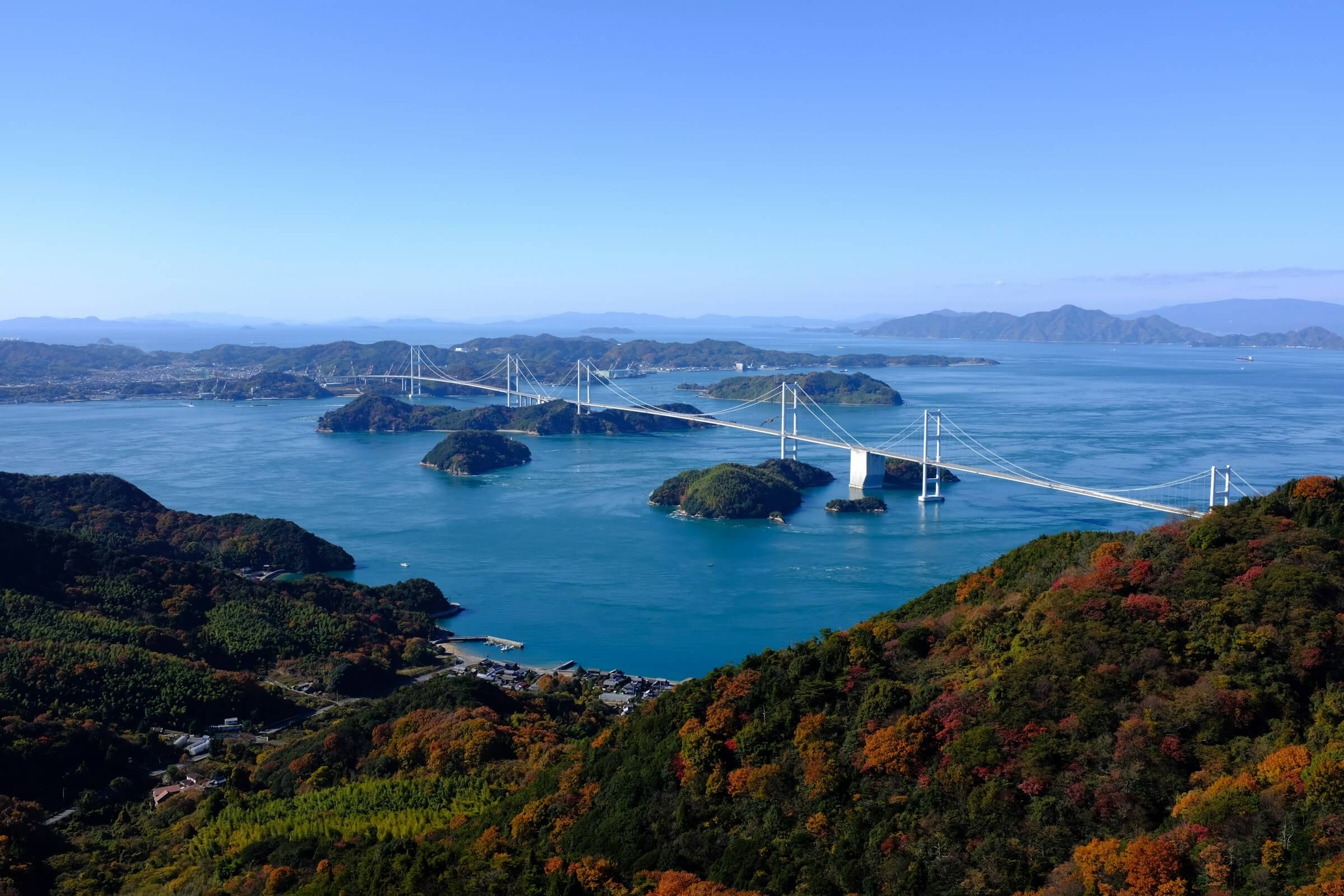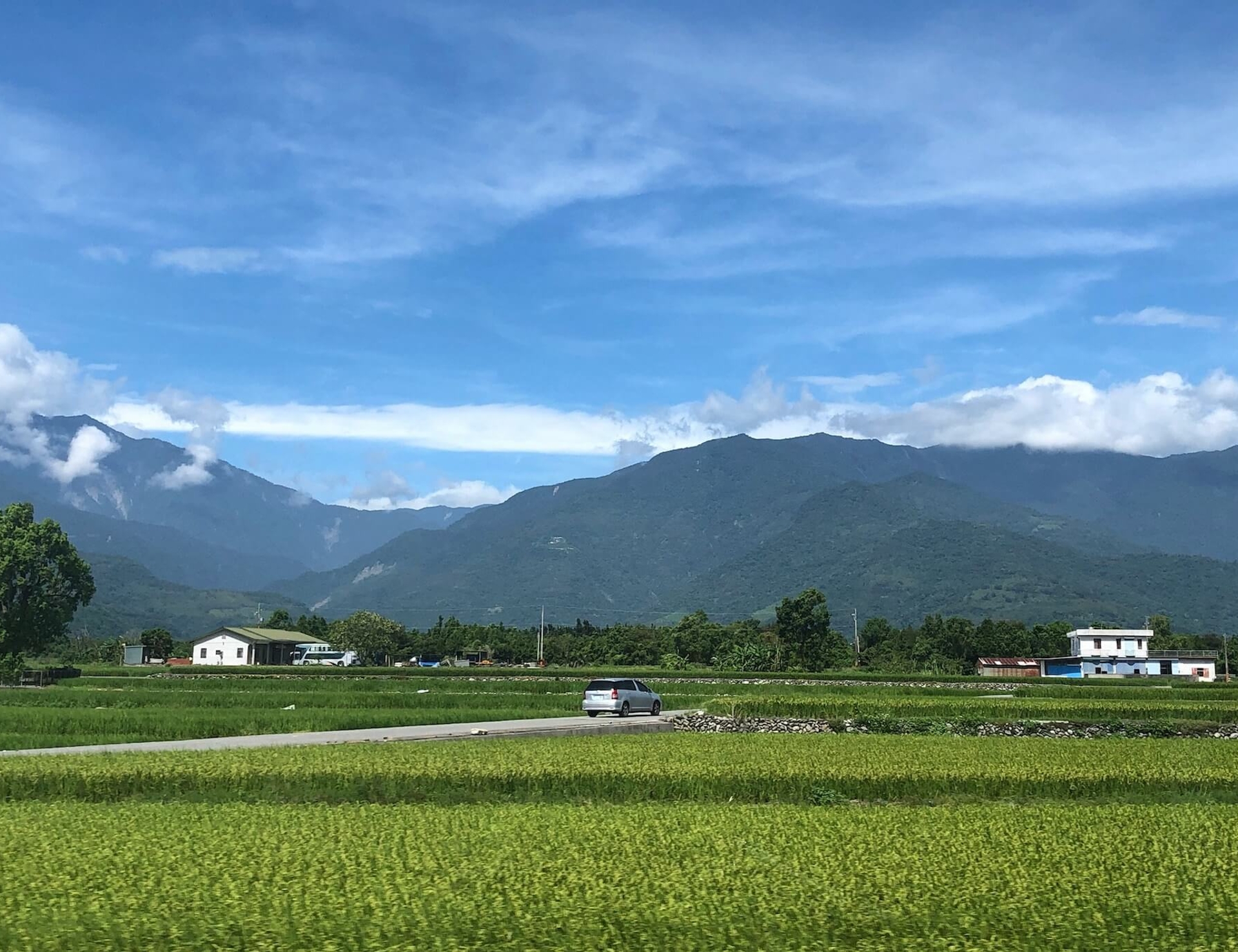8 days
From US $3,995
Self-guided Van-supported Shikoku Bike Tour
Shikoku, Japan’s smallest main island, is a dream destination for cyclists. With rolling coastal roads, quiet mountain passes, and a strong sense of tradition, this trip takes you through some of Japan’s most scenic and culturally rich regions. Over eight days, you'll pedal across the famous Shimanami Kaido, tackle mountain roads lined with cedar forests, and follow rivers that wind through deep valleys. The support van ensures you can focus on the ride while enjoying the region’s best accommodations, local food, and historic sights.
Onomichi
Konpira
casual
moderate to challenging
70km / 43mi
6
Hiroshima International Airport (HIJ)
Takamatsu Airport (TAK)
Min. 2, Max. 10
Highlights
Itinerary
Brief Itinerary
| Day | Place | casual Inns (subject to availability) | Meals | Distance | Activity |
|---|---|---|---|---|---|
| DAY 1 | Onomichi | Green Hills | D | ||
| DAY 2 | Shimanami Kaido | Imabari Kokusai Hotel | B,D | 78km / 48mi | cycling |
| DAY 3 | Matsuyama | Daiwa Roynet Hotel | B,D | 60km / 36mi | cycling |
| DAY 4 | Yusuhara | Kumo no Ue No hotel | B,D | 60km / 36mi | cycling |
| DAY 5 | Kochi | Dormy Inn | B,L | 80km / 48mi | cycling |
| DAY 6 | Iya | Obokekyo Mannaka | B,D | 60km / 36mi | cycling |
| DAY 7 | Konpira | Shikishimakan | B,D | 63km / 40mi | cycling |
| DAY 8 | Departure | B |
Detailed Itinerary
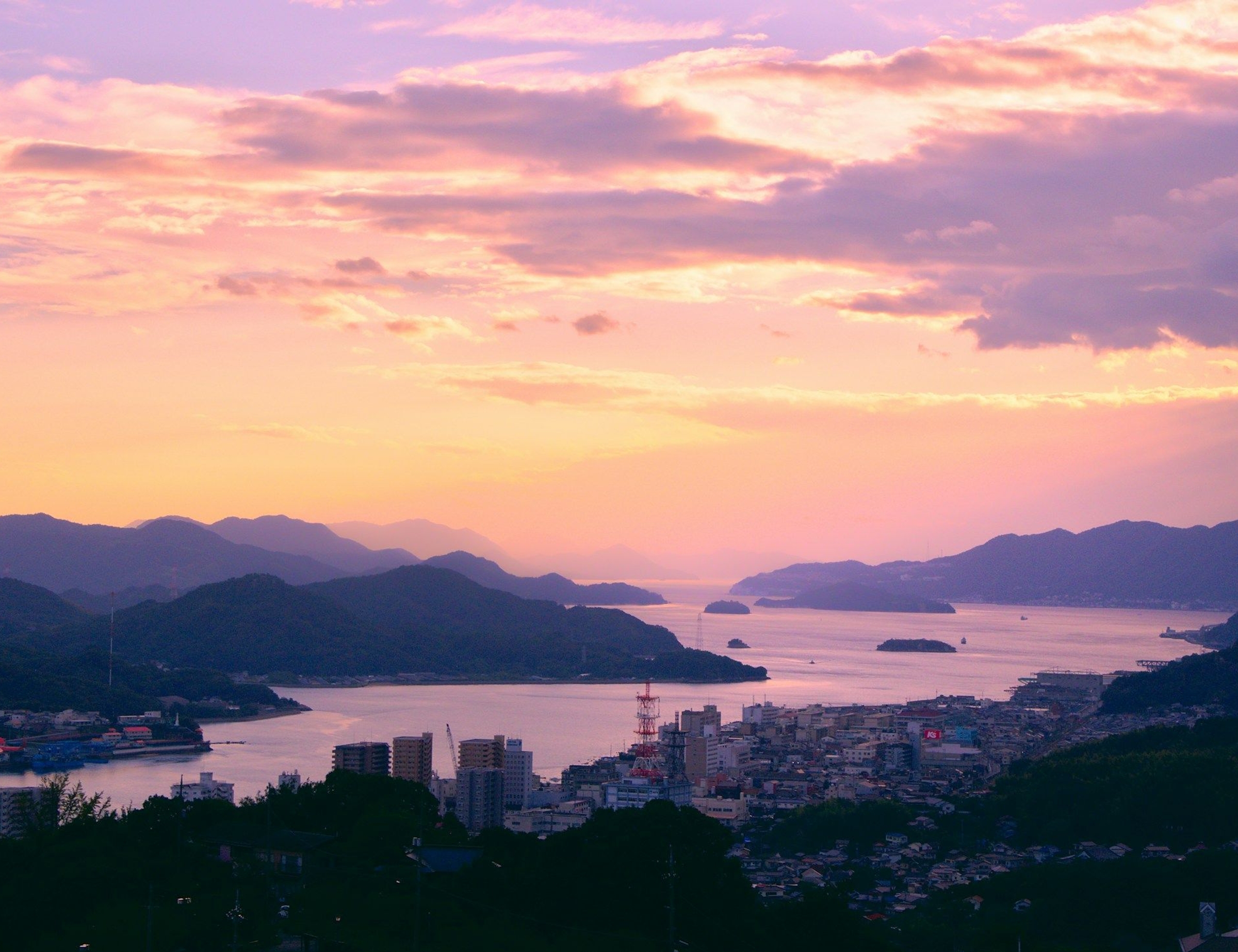
Day 1: Onomichi
Your adventure kicks off in the port town of Onomichi, a place with narrow alleys, hillside temples, and a laid-back vibe.
After checking into your hotel, take a stroll along the waterfront and explore the small cafes, bookstores, and old-fashioned shopping arcades. If you have time, a quick ride on the ropeway up Senkoji Park gives you a great overview of the area.
Take your time to soak in the sights and sounds of Onomichi. Tomorrow, your Shikoku cycling adventure begins.
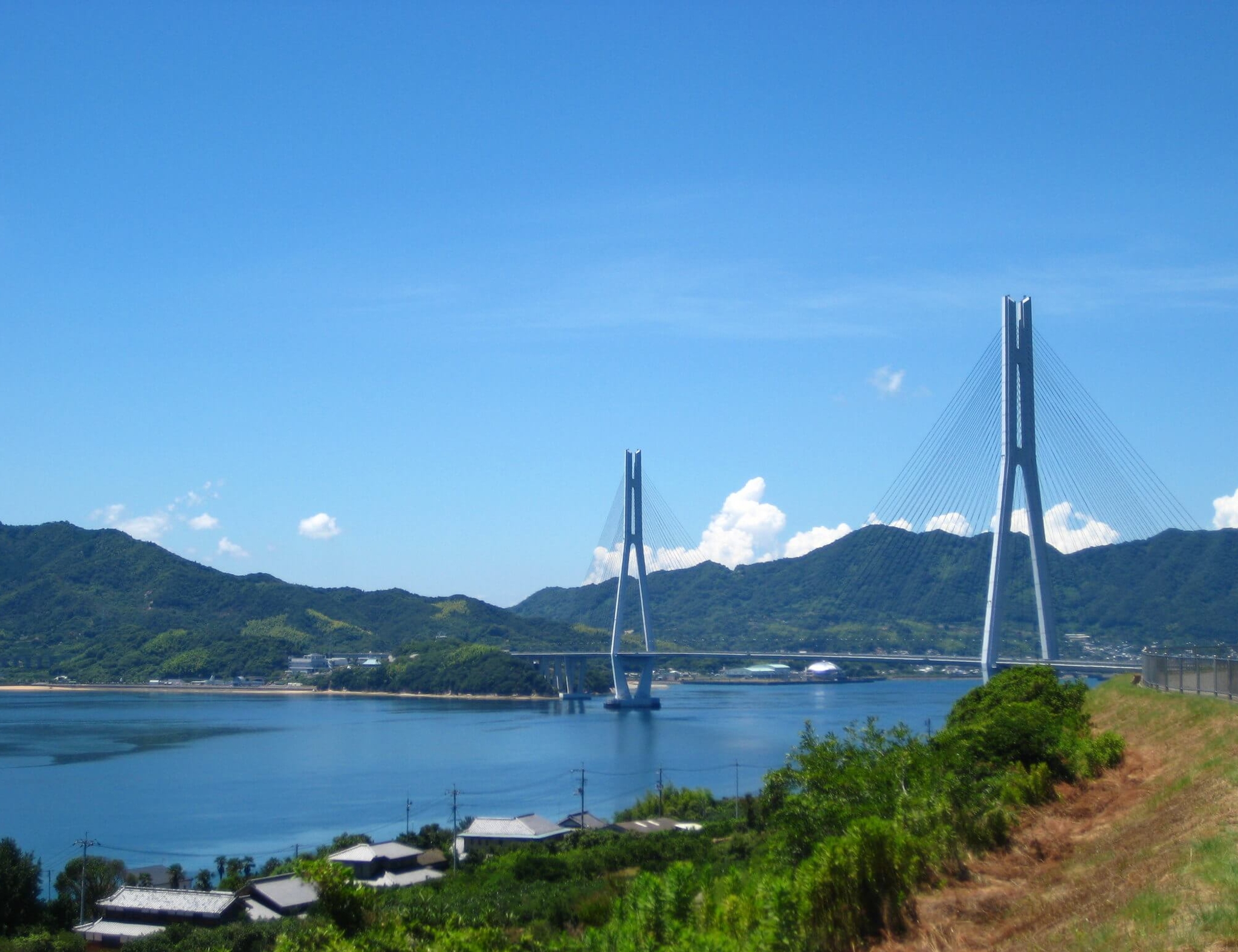
Day 2: Shimanami Kaido
Your cycling adventure officially begins with the first stretch of the Shimanami Kaido, a cycling route that hops across six islands via a series of suspension bridges. Noted for its sublime scenic beauty, Shimanami Kaido is recognized as one of the most incredible cycling routes in the world.
The ride is smooth, with gentle inclines and ocean views.
Your destination for the day is Imabari, a city known for its shipbuilding history and Imabari towels (arguably Japan’s softest).
You stay the night in a simple Japanese hotel, offering captivating views of the Seto Inland Sea on one side, and the imposing Mt. Ishizuchi on the other. Considered one of Japan's 7 sacred mountains, the 1,982 m (6,503 ft) high mountain is the highest mountain in Shikoku, and an important pilgrimage site in both Buddhism and Shintoism.
The surrounding area is a part of the Ishizuchi Quasi-National Park, characterized by forest-covered hills.

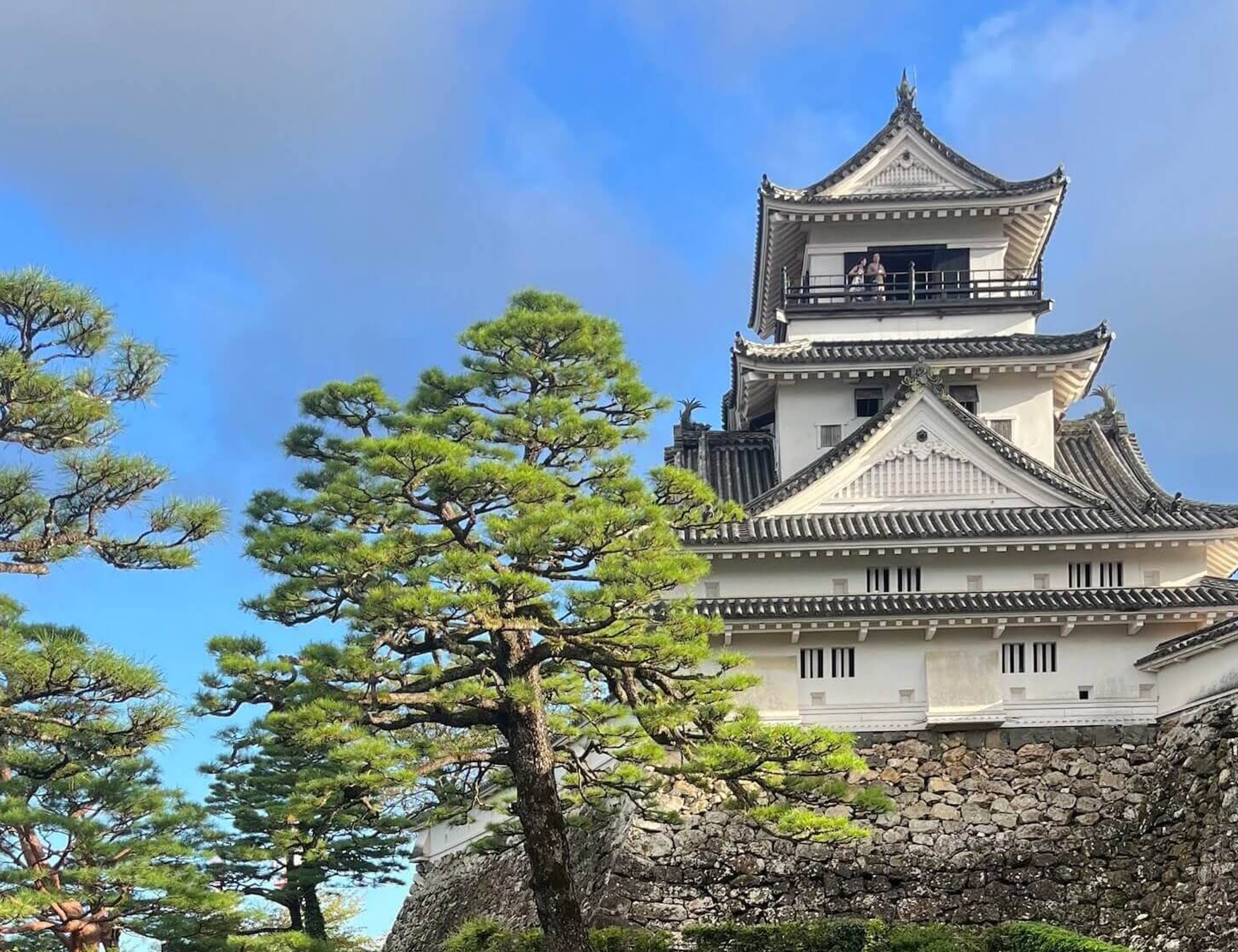
Day 3: Matsuyama
Continue your ride across the remaining bridges of the Shimanami Kaido, each offering a different perspective of the Seto Inland Sea.
Conclude your ride through the scenic Shimanami Kaido by pedaling along the coast to the culturally rich Matsuyama, the capital of Ehime Prefecture. Matsuyama is also home to one of Japan’s oldest hot springs—Dogo Onsen.
As you pedal through the town, admire its iconic landmarks such as the Matsuyama castle.
In the evening, immerse yourself in the renowned Dogo Onsen, savoring a local delicacy, tai meshi, and a glass of regional sake.

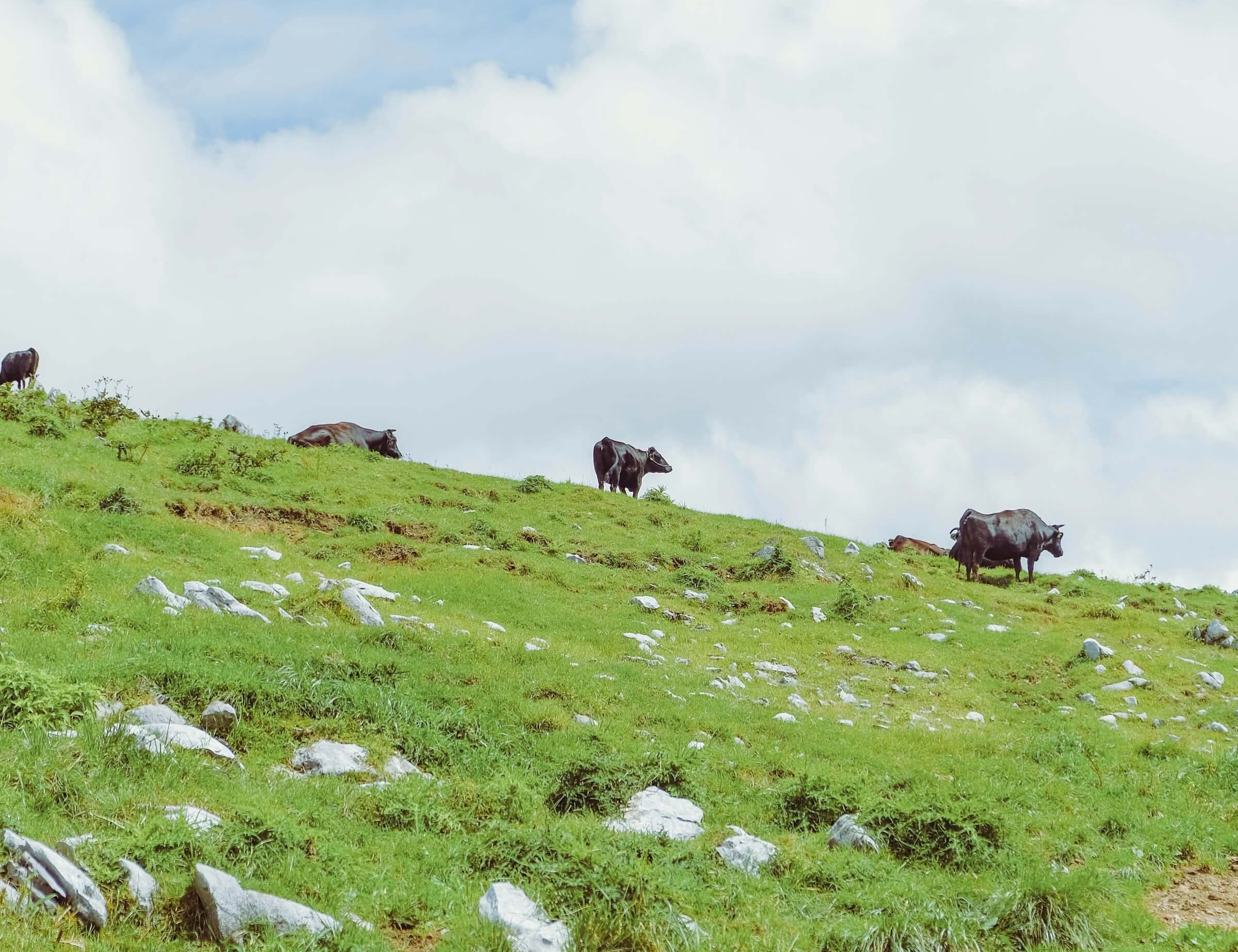
Day 4: Yusuhara
Today, you ride out into a unique and picturesque geographic marvel - the Tengu Highlands, also known as the Shikoku Karst.
Karsts or limestone mountains are rare in Japan, In fact, there are only 3 locations in all of Japan where karsts are found, and Tengu is one of them. Karsts are otherwise mostly found in Europe, and the landscape today looks like a slice of Italy in the middle of Japanese wilderness.
The Tengu highland is an elevated plateau reaching upto 1,500 m (4,921 ft) above sea level, with the peaks of the Ishizuchi mountain range we rode past still visible in the backdrop. On a clear day, you can even see the shimmering blue of the Pacific Ocean in the distance.
The route leads us into the mountains through challenging roads, so be prepared for a bit of a climb. As we ascend, the cycling path meanders alongside a scenic river, offering picturesque views all around. Also called the "road in the sky", because the clouds above appear close enough to touch, this road is considered among Japan's 100 most beautiful roads.
Yur destination for the day is Yusuhara, a town situated at an elevation of 1,400 meters (4,700 feet), and thus often called the "town above the clouds". More than 90% of the surrounding region is covered by forests, so you're amidst nature's lap here.
Yusuhara is also known for its unique architecture designed by the famous Japanese architect Kengo Kuma. Your hotel for the night has also been designed by the same architect.
On nights when the sky is clear, you can see the night sky lit up with thousands of sparkling stars. In fact, views of the night sky from here are among the finest in all of Japan.

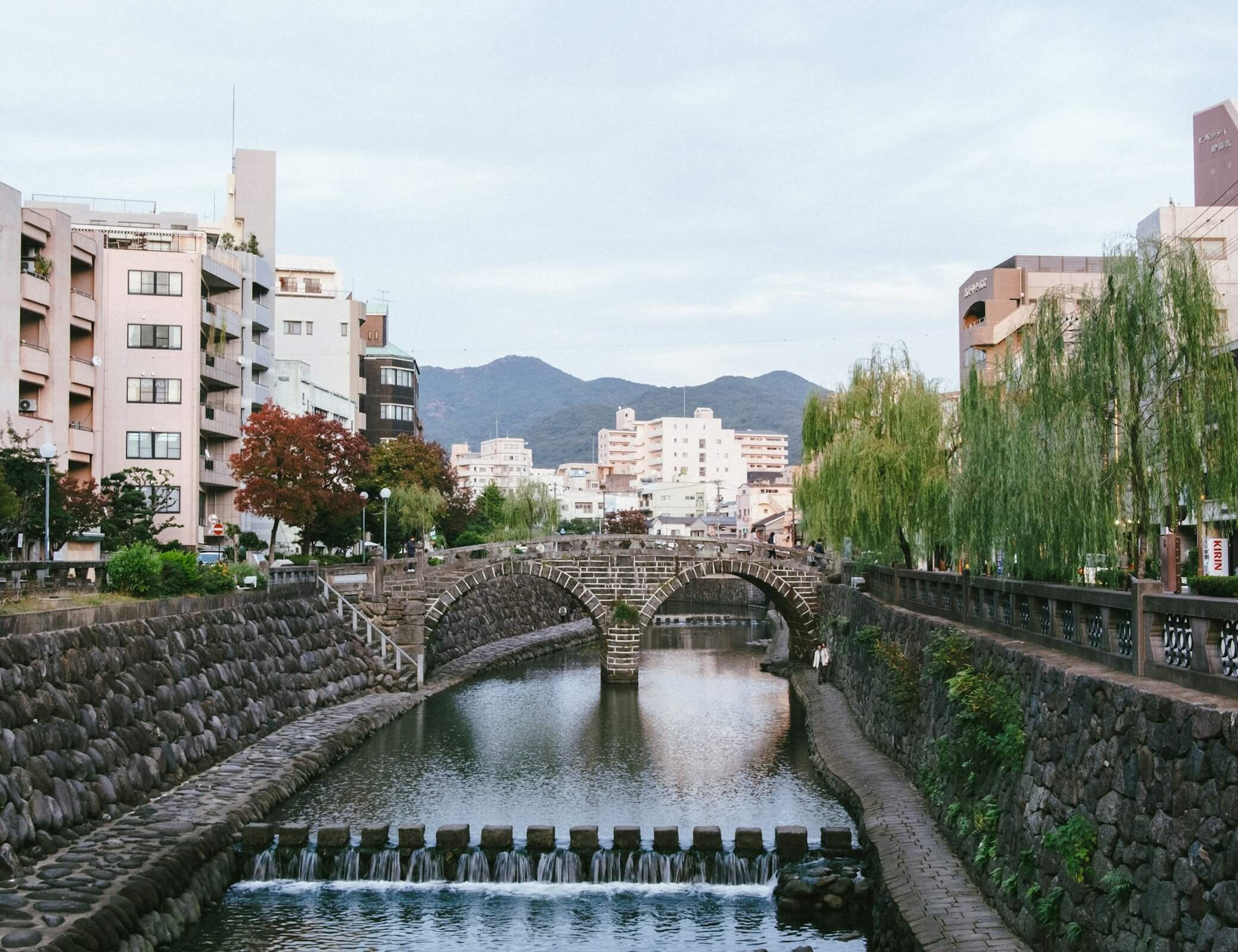
Day 5: Kochi
Today is a beautiful and adventure-filled day of cycling.
You can stop at the scenic Nakatsu Gorge, which towers above the peaceful Nakatsu River. In autumn, the vibrant orange and red leaves blanketing the nearby hills contrast beautifully with the soft blue of the river, creating a truly mesmerizing view.
Next, you ride across the stunning Niyodo River, renowned as one of the clearest rivers in Japan. Its waters have a slight turquoise hue, thanks to the minerals it carries down from Mt. Ishizuchi. This unique color has earned it the nickname "Niyodo Blue."
A distinctive feature of many Japanese rivers—especially in rural areas—are the submersible bridges, known as chinkabashi. These flat concrete bridges are built close to the water's surface without railings, designed to submerge smoothly during the rainy season without being damaged. Since you're cycling in the dry season, you can enjoy the views without concern
After an exhilarating day of biking, you arrive in the lively city of Kochi, where you explore a popular street food market and savor the local flavors.
Kochi is especially known for its sake, brewed with the region’s pristine waters, and for its delicious bonito fish, known locally as katsuo.

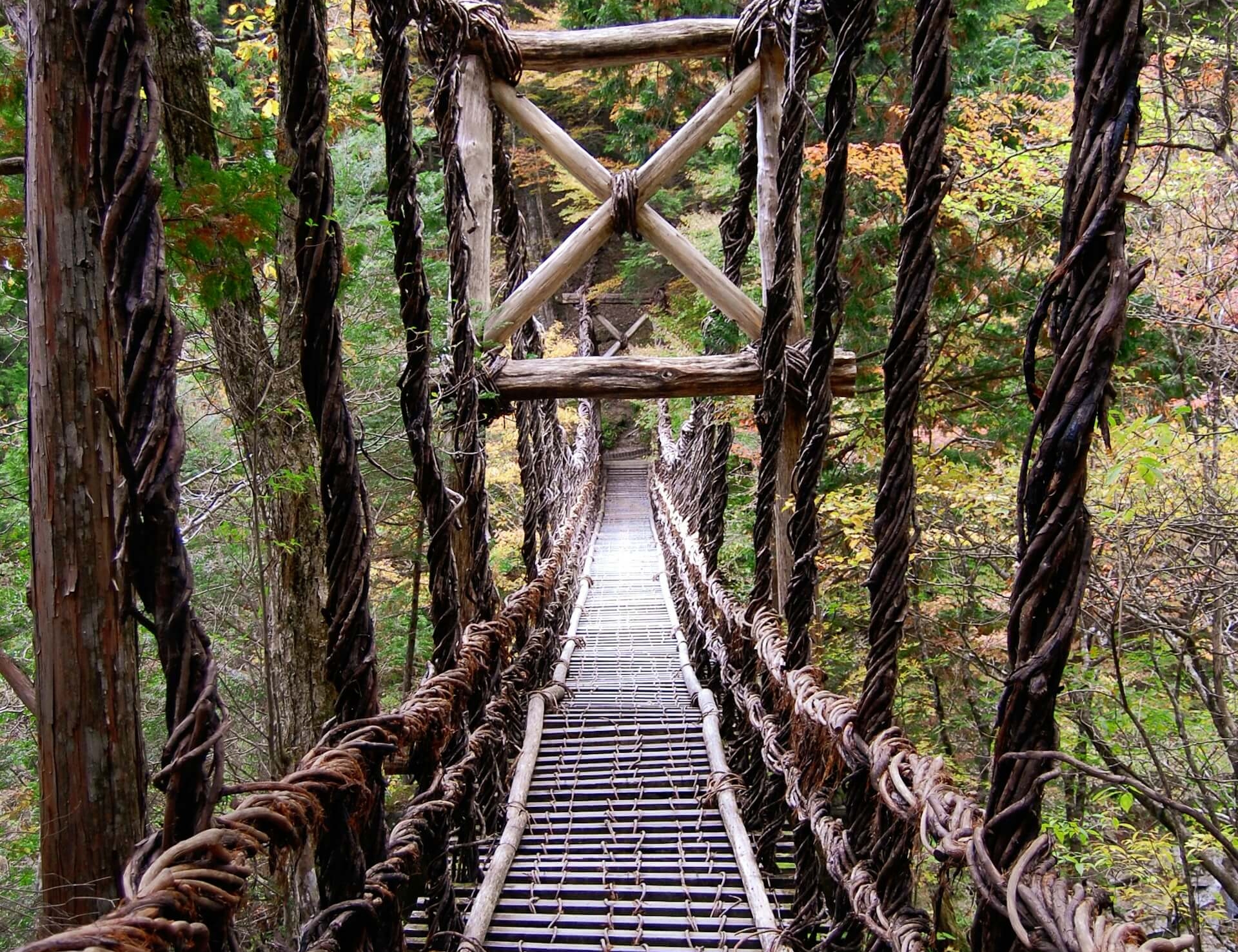
Day 6: Iya
Today, you ascend into the famed Iya Valley, known for its dramatic mountain slopes and deep, scenic gorges.
A challenging climb rewards you with breathtaking views, followed by a descent through the valley surrounded by terraced rice fields. You’ll also have the chance to walk across the legendary vine bridges once used by the Heike warriors.
Stay for the night is in a traditional Japanese inn offering a unique slice of Japanese life.

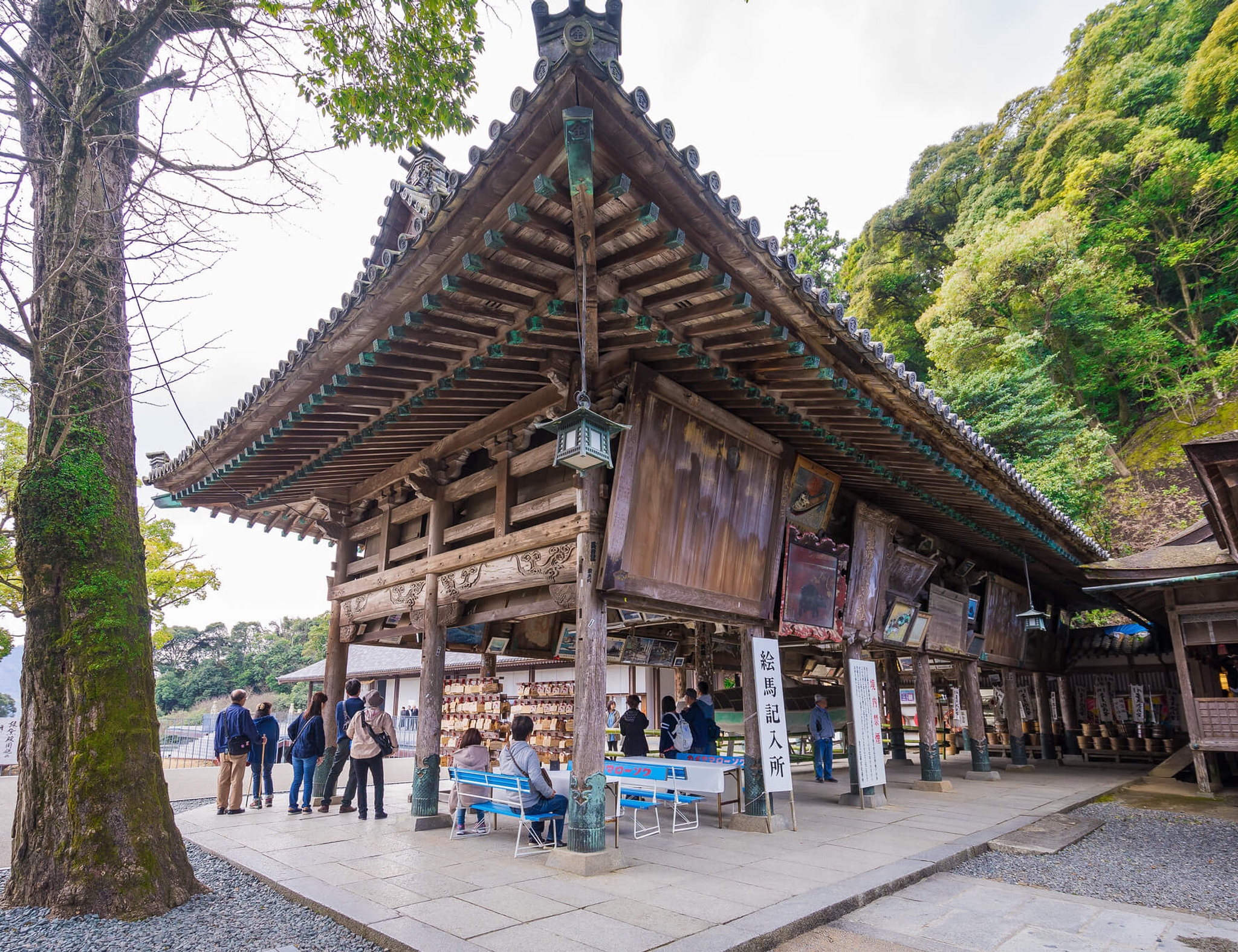
Day 7: Konpira
On the final day of your adventure, you leave the enchanting Iya Valley behind and follow the scenic route along the Yoshino River. After one last climb, you arrive at the famous Konpira Shrine (also known as Kotohira), a beloved destination and the perfect culmination of your journey.
Dedicated to the patron deity of sailors and seafarers in the Shinto tradition, the shrine is reached by climbing more than 1,300 steps. If your legs are up for it, the full ascent is well worth the effort—the views from the top are truly rewarding.
The town of Kotohira is also renowned for its udon noodles, and sampling the local variety is an absolute must.

Day 8: Departure
Travel further as per your onward travel plans.
Nearby train stations provide connections to the bullet train, or for those traveling by air, Takamatsu Airport is located an hour and half's drive away.
You can also take the train to either Takamatsu or Okayama.
Ready to plan your adventure? Download a print-ready detailed itinerary.
Map
Dates and Prices
Single Supplement
From US $300
E-Bike Upgrade
From US $250
Couldn't find a trip with convenient dates?
Open your date as a join-in tour or customize further as a private one.
Essential Info
Inclusions
LODGING
All hotels as mentioned in the tour details or similar (subject to availability).
bike
Immaculately maintained bike with helmet, suited to a terrain.
Luggage Transfer
Transportation of luggage from one hotel to another.
meals
Meals as per itinerary. Guests are given the opportunity to dine on their own so that they discover a location independently.
Exclusions
Airport pickup and drop
We recommend to book direclty from airport or hotel.
Beverages
Beverages such as alcohol, tea, coffee, juice at a hotel or restaurant.
Gratuity
Gratuities for your guide team are not included in the trip price.
Bikes
When you have a road and the thrill of a journey ahead of you, it’s imperative to have a good bike to enjoy it. Our fleet majorly consist of the below bikes as a part of this tour. However, sometimes due to height or availability constraints, we may provide a different but similar quality bike.

Specialized Diverge E5 or similar
Included in your trip price
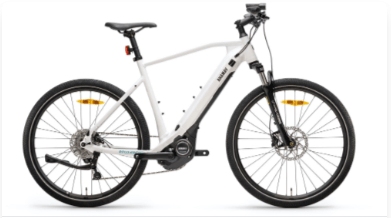
Yamaha Crosscore RC or similar
Available at a surcharge
What to Expect
We want you to have a fantastic experience on your tour, so we aim to be upfront about what to expect along the way. Here are key details to keep in mind:
We want you to have a fantastic experience on your tour, so we aim to be upfront about what to expect along the way. Here are key details to keep in mind:
On Cycling in Shikoku
Please note that this route has over 25 tunnels along the way. You may sometimes not get good cellphone reception while passing through a tunnel.
On Self-guided Van-supported Bike Tours
A sub-type of self-guided tours, these tours have a van accompanying the guests at all times, acting as a support vehicle in addition to transporting their luggage.
The remaining arrangements stay the same as standard self-guided bike tours. The guests are still responsible for their own navigation, bike maintenance and repair, and there is no local guide accompanying them.
On hotels in Japan
Most of the hotels in Japan offer a mix of Japanese inns (Ryokans) and Western-style rooms. It is important to note that room assignments are subject to availability and beyond our control.
Japan is renowned for its rich cultural heritage, and two quintessential elements of this heritage are onsen and ryokans. Onsen refers to natural hot springs, which hold cultural, historical, and spiritual significance for the Japanese people. Ryokans, on the other hand, are traditional Japanese inns that offer a unique and immersive experience into the country's customs and way of life. Together, onsen and ryokans provide travelers with an opportunity to indulge in relaxation, rejuvenation, and a deep connection with Japan's past.
The combination of onsen and ryokans creates a unique travel experience that perfectly encapsulates the essence of Japan. Guests at ryokans often have access to private or communal onsen baths, allowing you to soak in the therapeutic waters while enjoying the surrounding natural beauty.
Japanese-style rooms offer a unique local experience and are quite popular. They add a distinctive cultural touch to the tour. In Japan, taking public onsen hot spring in the hotel is so popular, so even nice beautiful hotels most time has rooms only with toilet.
Hence, for hotels lacking en suite bathrooms, guests are expected to utilize the communal bathing facilities. Furthermore, depending on the hotel style, when double rooms are requested, we may only be able to secure twin rooms.
Arrival & Departure Details
Arrival
To travel from Tokyo to Onomichi (Day 1) via train, here’s a step-by-step guide:
Take the Shinkansen (Bullet Train) from Tokyo to Fukuyama:
Board the Tokaido-Sanyo Shinkansen from Tokyo Station to Fukuyama Station. This is the most direct route.
Duration: Around 3.5 to 4 hours, depending on whether you take a Nozomi, Hikari, or Kodama train.
Nozomi is the fastest but not covered by the JR Pass. Hikari and Kodama trains are slower but are JR Pass eligible.
From Fukuyama Station, transfer to a local train on the JR Sanyo Line.
Duration: Around 20–25 minutes to Onomichi Station.
Arrival at Onomichi:
Once you arrive at Onomichi Station, you are in the heart of the city, close to the scenic Seto Inland Sea and famous for cycling routes like the Shimanami Kaido.
Departure
Here's how you can travel from Kotohira to Tokyo and Kyoto by train:
- Kotohira to Tokyo:
Step 1: Take the JR Dosan Line or Kotohira Line to Okayama:
- From Kotohira Station, take a local train on the JR Dosan Line (if you are using the JR Pass) or the Kotohira Line to Okayama Station.
- Duration: Around 60 to 80 minutes, depending on the specific train.
Step 2: Take the Shinkansen from Okayama to Tokyo:
- From Okayama Station, board the Sanyo Shinkansen to Tokyo. You can take the Nozomi (fastest), Hikari, or Kodama trains. Note that Nozomi is not covered by the JR Pass.
- Duration: Around 4–5 hours to Tokyo Station, depending on the train type.
- Kotohira to Kyoto:
Step 1: Take the JR Dosan Line or Kotohira Line to Okayama:
- Follow the same route as mentioned above to Okayama Station.
- Duration: Around 60 to 80 minutes.
Step 2: Take the Shinkansen from Okayama to Kyoto: -From Okayama Station, take the Sanyo Shinkansen to Kyoto Station. The journey is much shorter compared to Tokyo. -Duration: Around 1 hour.
Summary: Kotohira to Tokyo: About 5–6 hours total. Kotohira to Kyoto: About 2–3 hours total.
Both trips involve transferring at Okayama Station, where you can catch the Shinkansen for direct access to Tokyo or Kyoto.
Weather
The best time for cycling in Shikoku is typically during the spring (mid-March to early-June) and autumn (mid-September to mid-November) months when the weather is mild and pleasant, and the scenery is vibrant with blooming flowers or colorful foliage. Avoiding the hot and humid summer months is advisable for a more comfortable cycling experience. The summer months (July and August) are doable if you are used to heat and humidity.
January
Offseason
February
Offseason
March
Good
April
Best
May
Best
June
Mixed
July
Mixed
August
Mixed
September
Good
October
Best
November
Good
December
Offseason
Best
Good
Mixed
Offseason
What to Pack
Packing smart is essential for a safe and enjoyable cycling adventure. From essential biking gear to clothing and travel necessities, this guide ensures you're prepared for any terrain or climate.
Recommended Bicycling Clothes & Gear
- Bicycling shoes or stiff-soled sneakers.
- Padded cycling shorts.
- Short-fingered cycling gloves (personal gloves are ideal).
- Brightly colored cycling jerseys or synthetic T-shirts for visibility.
- Synthetic cycling socks.
- Sunglasses with UV protection.
- Personal helmet (recommended even though provided).
- Personal saddle (optional for added comfort).
- Rain jacket or windbreaker.
- Cycling water bottle (to reduce plastic waste).
Note: Helmets, gloves, and water bottles are personal items, so bringing your own is recommended for maximum comfort and hygiene.
Clothing
- Light, breathable fabrics like cotton or linen.
- Full-sleeved clothing for sun protection.
- Warm layers for chilly mornings and evenings (if traveling in winter).
- Comfortable footwear for non-cycling time.
- Bring a compact rain jacket in case of sudden weather changes.
- Ethnic or modest clothing for exploring towns and temples.
Other Necessities
- Toiletries: Basic hygiene essentials, including insect/mosquito repellent and sunscreen.
- Hand sanitizer and wet wipes.
- Plug socket adaptor.
- Binoculars for wildlife spotting or desert landscapes.
Pro Tips
- Pack light but plan for the varying temperatures: warm days, chilly evenings, and desert winds.
- Use brightly colored clothing for visibility on roads.
- Pack light to leave room for shopping.
Luggage
Please limit your luggage to one medium-sized suitcase and one carry-on bag. Mark your luggage with your name, address, and phone number.
Visa Information
Before venturing on your adventure, make sure you're equipped with essential travel advice, including security updates, local laws, and crucial passport and visa information. Start by visiting the official government website of your home country for accurate and reliable guidance:
- UK Residents: Stay informed by reviewing the Foreign, Commonwealth & Development Office (FCDO) Travel Advice.
- US Residents: Access vital travel tips and updates through the US Department of State Travel Advice.
- Australian Residents: Plan ahead with the latest updates on the Smart Traveller website.
- Canadian Residents: Find comprehensive travel and visa guidance on the Government of Canada's Travel Advice and Advisories.
- New Zealand Residents: Get practical travel advice on the New Zealand SafeTravel website
- Residents of Other Countries: Check with your government or local consulate for tailored travel advice and requirements.
Note: Passport and visa regulations can change at any time. Stay proactive by checking for the latest updates to ensure a smooth and stress-free journey.
Insurance
Medical insurance that covers medical costs in case of an accident during the trip is mandatory to participate in our tours.
We recommend to purchase adequate travel insurance in order to participate in our tours and protect yourself from unforeseen events. Our experience shows that guests who purchase travel insurance—including coverage for all activities on the itinerary, trip cancellation, interruption, delay, baggage damage, loss or theft, personal accident, death and repatriation costs, medical and emergency expenses (including Covid-19), and personal liability—travel with greater peace of mind.
Can I use my credit card insurance?
Yes, as long as it meets our requirements and provides adequate coverage. Ensure you have an emergency contact number and policy number available.
When should I buy travel insurance?
Purchase travel insurance as soon as you've paid in full or booked your flights.
Is proof of travel insurance required?
Yes. You must provide your insurer's name, policy number, and emergency contact via our reservation form. This is mandatory. If you cannot provide proof, you’ll need to purchase insurance before traveling with us.
Does Art of Bicycle Trips sell travel insurance?
We do not sell travel insurance directly, as we believe our customers should have the freedom to choose a policy that best suits their needs. However, we recommend Insured Nomads as a great starting point.
Frequently Asked Questions
We provide an app-based navigation system that can also be used offline. You can download the app to your phone in advance, and we will share the login details ahead of your trip. Since the app works offline, it helps conserve your phone's battery during use.
For minor issues like punctures, the guests are provided with a self-repair kit, which includes tire levers, a spare tube, a patch kit, and a pump, allowing riders to fix the problem themselves. Self-guided riders are expected to be independent in handling these minor problems. While there are some bike shops along the route, they are limited. If you are unsure about how to repair a puncture, we recommend considering a guided or van-supported trip instead.
For major mechanical failures, such as a cable break, the guests can contact the emergency support number provided. The support team will help coordinate a solution, which could include dispatching a local mechanic, suggesting a nearby bicycle shop for repairs, or sending a vehicle to pick up the rider. Please note that all support services will be provided on a chargeable basis, and assistance may take time, so we advise being prepared for potential delays.
We provide 24/7 emergency support by phone for any medical emergencies during the tour. Our team will assist in coordinating medical care, guiding you to the nearest healthcare facility, and ensuring you receive the necessary support. The national emergency system is reliable and effective, and in the event of a serious accident, contacting them is highly recommended. However, due to our distance from certain areas, response times may be longer. We strongly recommend having appropriate travel insurance, and we will do everything we can to ensure your safety and well-being during an emergency.
The fitness level required for each trip is indicated by the "level" of the tour, which in turn is mentioned on each tour page right next to the price and the trip duration.
Easy: The terrain is mostly flat with a few gentle climbs.
Moderate: The terrain is either mostly flat or consists of rolling hills with a few challenging climbs. There could also be a few days with longer riding distances of up to 75 kms (45 miles)
Difficult: The terrain is mostly hilly with strong elevation gains and/or has long days on the bike. Such trips are recommended for intermediate to advanced cyclists.
Please note that we usually bike around 4-5 hours per day irrespective of the level of the trip.
You can exchange currency at the airport itself, or at ATMs in larger cities. Most commercial establishments will accept international credit cards for payments, though its good to carry some local currency with you at all times.
The meeting time on Day 1 is mentioned in your travel planner shared with you. You can arrive either on the morning of Day 1 depending on the meeting time, or book a pre-tour night to arrive a day earlier.
For answers to broader questions, please visit our Comprehensive FAQs section.

